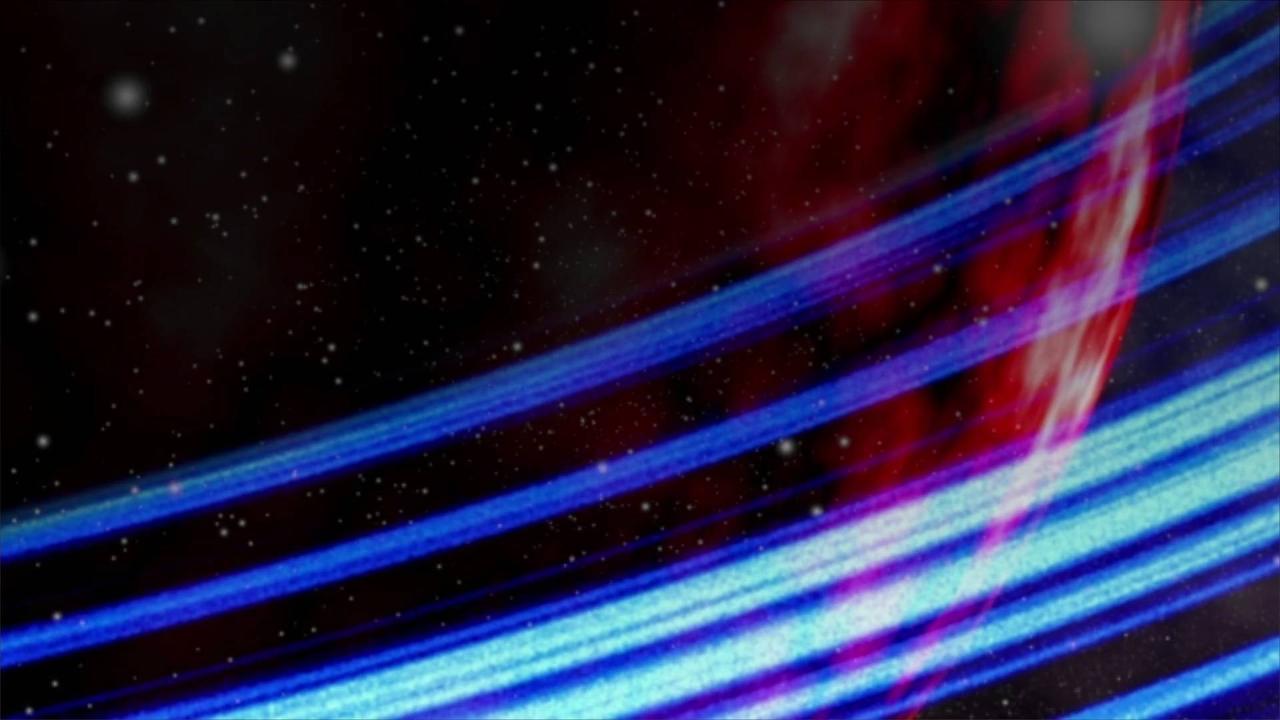Astronomers Discover Rare 6-Planet Solar System Moving in Perfect Harmony

Astronomers Discover Rare 6-Planet Solar System Moving in Perfect Harmony
Astronomers Discover Rare , 6-Planet Solar System , Moving in Perfect Harmony.
On November 29, astronomers announced they have observed a rare solar system with six planets moving in sync, untouched by external forces since its cosmic birth.
NBC reports that the find, located 100 light-years away in the constellation Coma Berenices, could help explain how solar systems form.
.
The observations were made by NASA's Tess and the European Space Agency's Cheops, planet-hunting satellites.
While the planets are moving in perfectly synchronized orbits, none of them are within their star's habitable zone, meaning they likely do not host life.
NBC reports that the solar system around the star, named HD 110067, may be home to even more planets.
The six observed planets around HD 110067 are approximately two to three times larger than Earth, with densities closer to our solar system's gas giants.
The in-sync planets' orbits range from nine to 54 days, at a distance closer to their star than Venus orbits our sun, meaning they are incredibly hot.
The planet closest to HD 110067 has an orbit three times faster than its closest neighbor.
Scientists estimate that only one-in-100 solar systems have retained synchronicity since coming into being.
.
Astronomers believe that giant planets, meteor bombardments and close encounters with nearby stars all contribute to altering the paths of solar systems.


![Craig Melvin Will Replace Hoda Kotb as 'TODAY' Show Co-Anchor | THR News Video [Video]](https://video.newsserve.net/300/v/20241114/1393441350-Craig-Melvin-Will-Replace-Hoda-Kotb-as-TODAY.jpg)

![SpaceX rescue mission to bring stranded astronauts back to Earth docks at ISS [Video]](https://video.newsserve.net/300/v/20240930/1388899152-SpaceX-rescue-mission-to-bring-stranded-astronauts-back.jpg)
![NASA's largest-ever planetary spacecraft is due to launch next month [Video]](https://video.newsserve.net/300/v/20240926/1388554564-NASA-largest-ever-planetary-spacecraft-is-due.jpg)
![NASA preparing mission to bring stranded Boeing Starliner astronauts back to Earth from ISS [Video]](https://video.newsserve.net/300/v/20240925/1388452794-NASA-preparing-mission-to-bring-stranded-Boeing-Starliner.jpg)
![Rare 4 billion-year-old solar system discovered where planets are still orbiting in perfect sync [Video]](https://video.newsserve.net/300/v/20231208/1361820303-Rare-billion-year-old-solar-system-discovered.jpg)